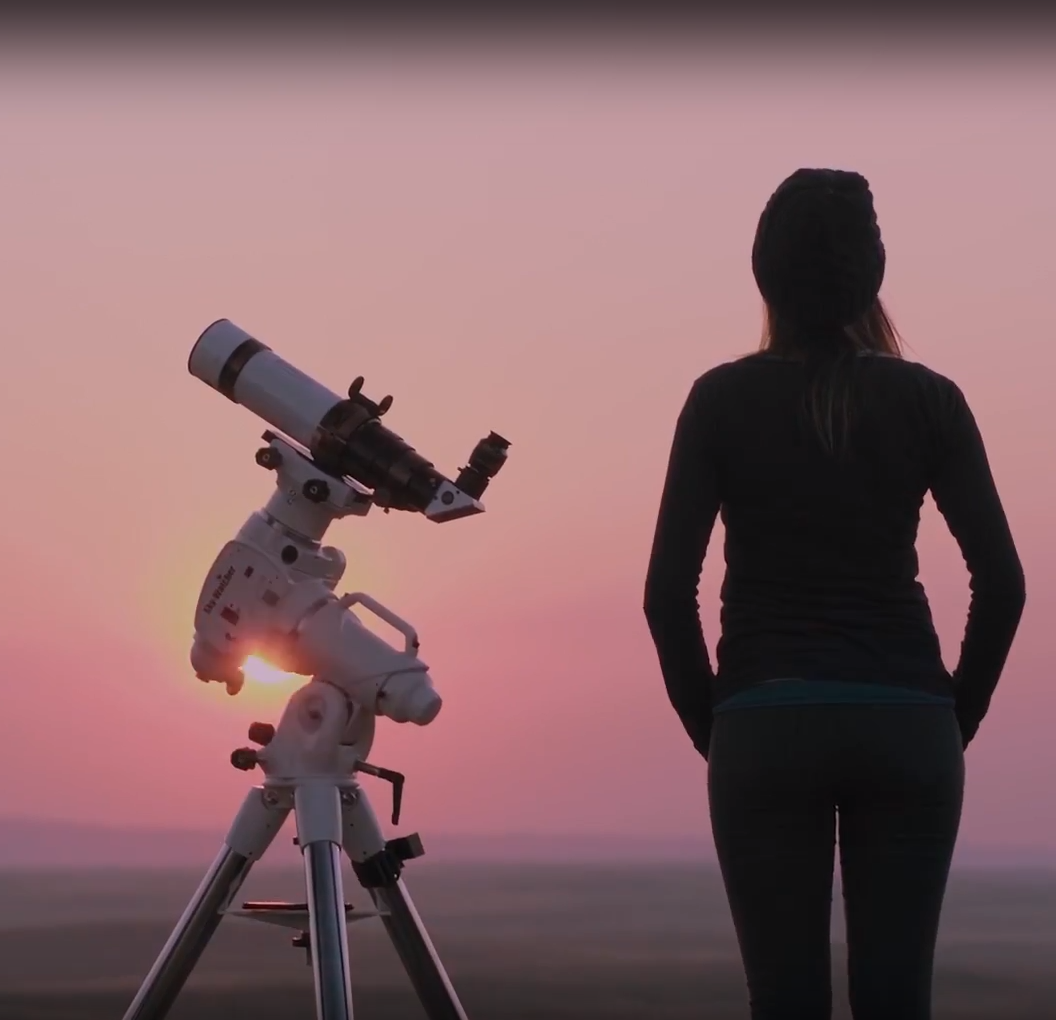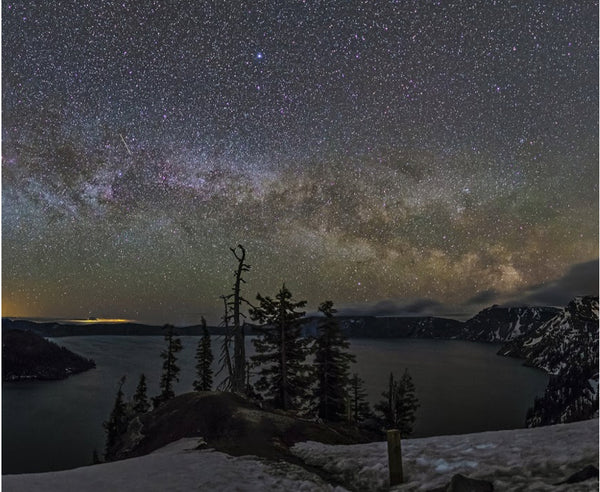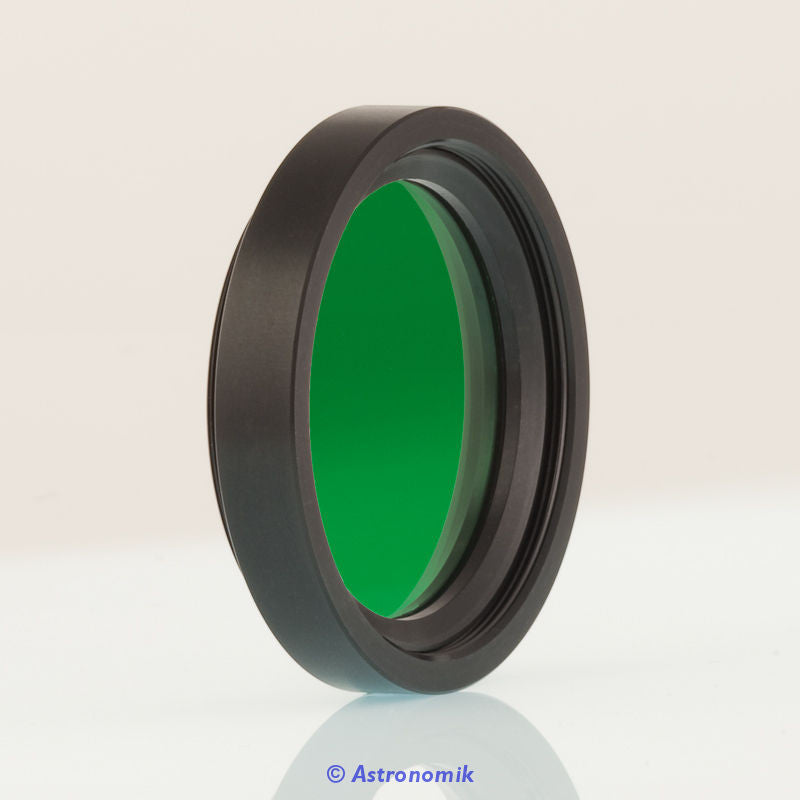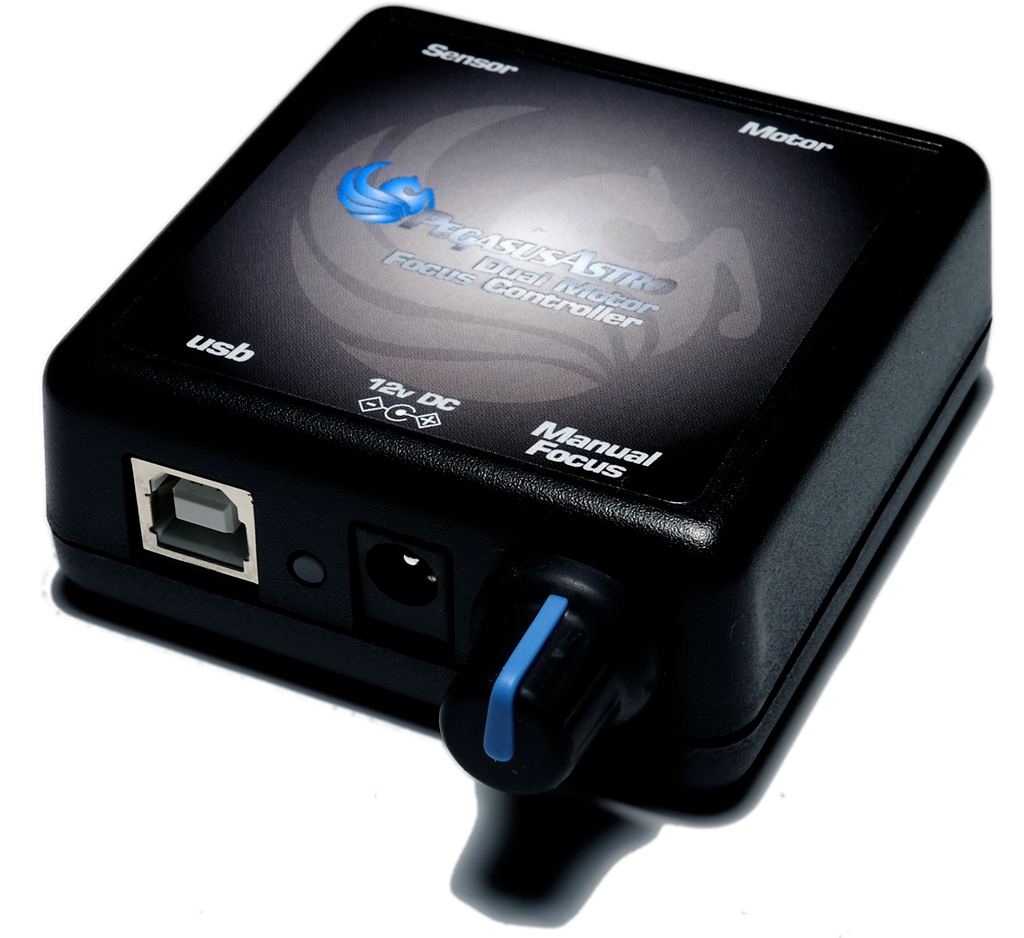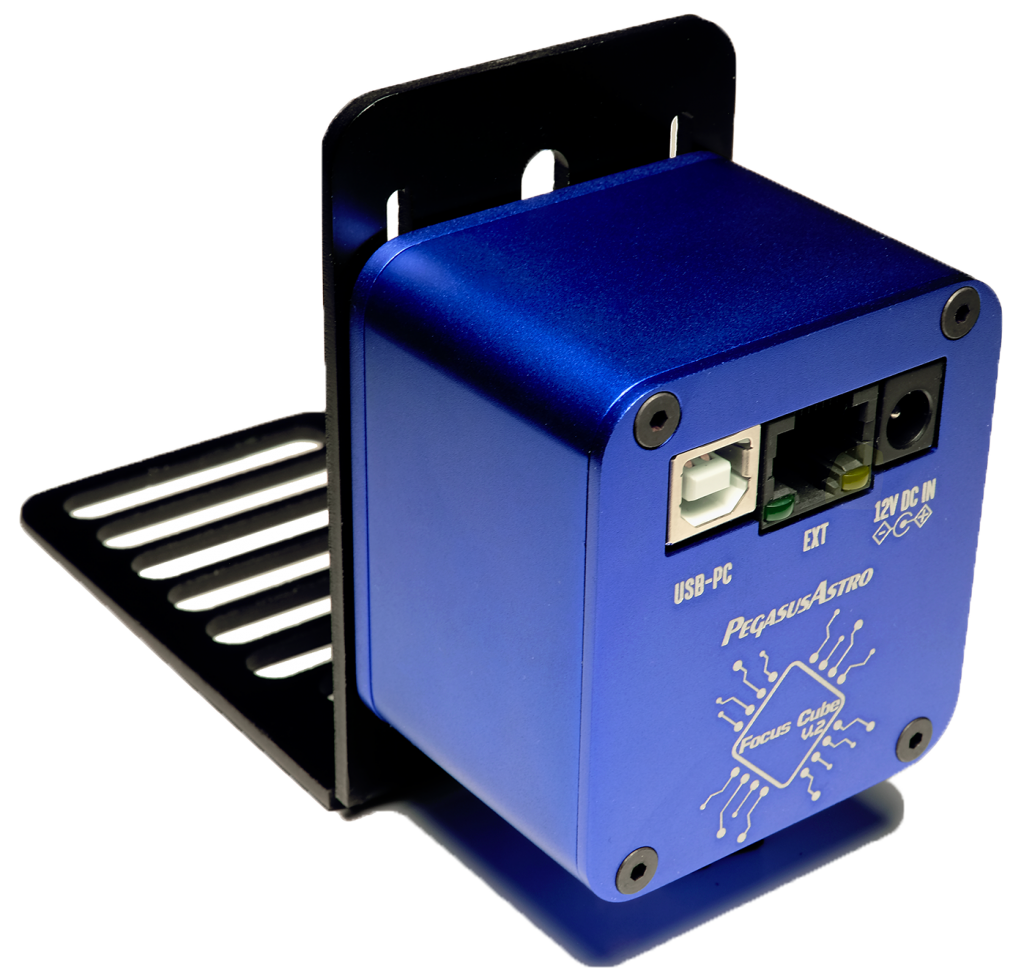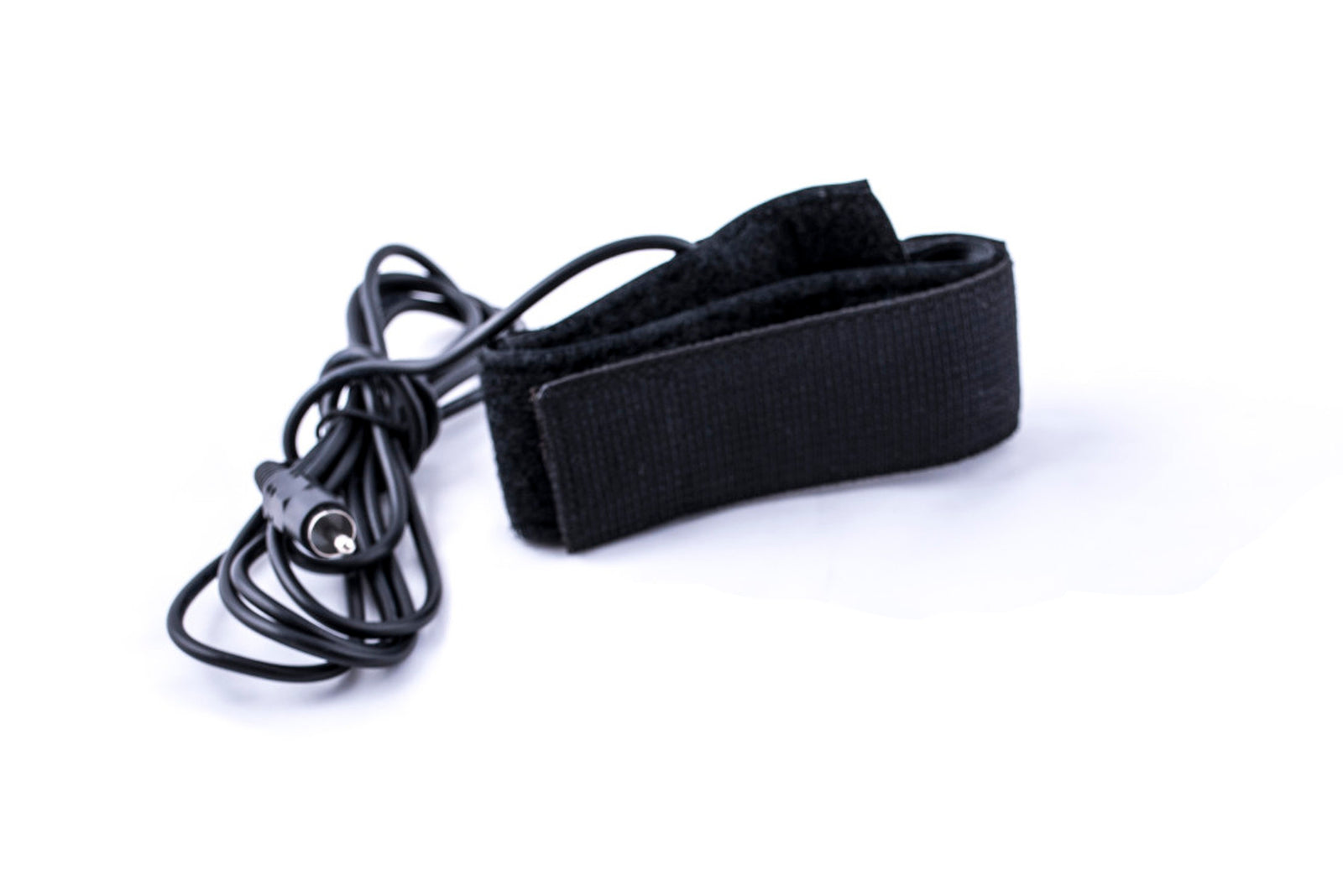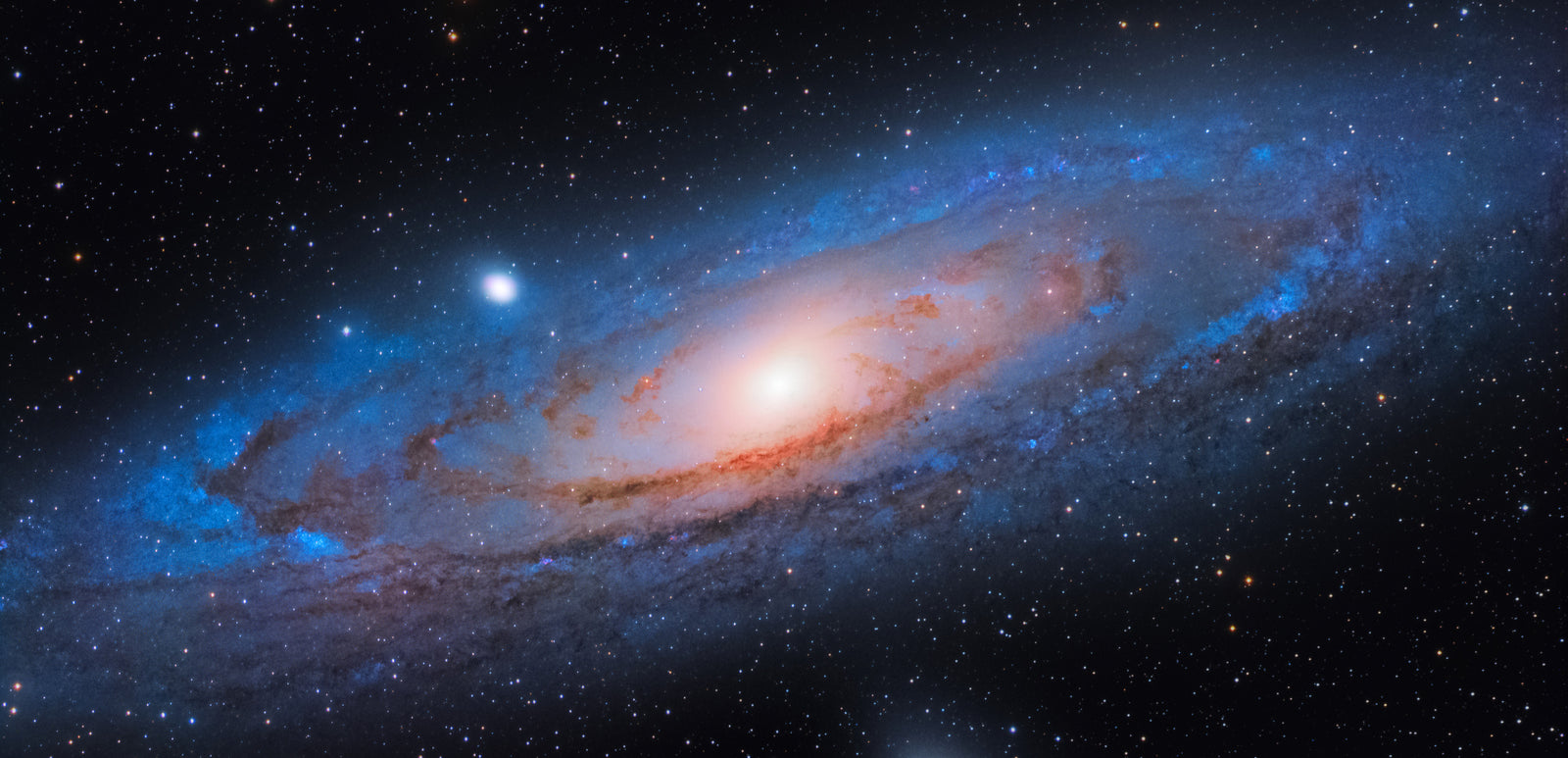Which camera is best for deep sky astrophotography?
The short answer: any of the latest cooled astronomy cameras are going to perform very well for deep sky astrophotography, but the right camera depends on what you’re trying to image, your budget, and what equipment you may already own.
The long answer: finding the right cooled astronomy camera for your setup will depend on a few different factors. These factors include:
- Whether you plan to image in color (beginner) or monochrome with filters (advanced)
- What size image circle your telescope/corrector can cover, which will determine the largest sensor diagonal you can use
- What your pixel scale will be at your telescope’s focal length
- What your budget is
If you need help figuring out the answers to the above, our helpful telescope camera experts are always ready to assist you and recommend the right camera for your setup and needs. Contact us for personalized help in choosing the right telescope camera.
Which camera is better for deep sky imaging; a color or monochrome camera?
From a purely technical standpoint, monochrome cameras are inherently better than color cameras due to their sensor design. You can watch this video for an in-depth explanation. To put it simply, monochrome cameras produce a cleaner and slightly sharper image than color cameras can. The reason for this is that every pixel in a monochrome telescope camera is dedicated to collecting all light data, no matter its color, whereas color cameras require a composite of red, green and blue sensors to create a color image in a single shot. On the other hand, in order to create a color image with a monochrome camera you must add a filter wheel/drawer along with costly filters to produce a composite color image from multiple exposures. Not surprisingly, this is more difficult and time consuming than using a color camera to capture all colors in a single shot.
Color cameras produce color images right out of the box. Although monochrome cameras still have the upper edge when it comes to image clarity, color telescope camera technology and astronomy filters have gotten so good in recent years that it can be difficult to tell the difference between images made from either camera type.
If you're just beginning astrophotography, we recommend starting off with a color camera. If you're already an experienced astrophotographer, consider upgrading to a monochrome CMOS or CCD telescope camera.
How do I attach a camera to my telescope?
This depends on which kind of camera you're using. Here are a few of the most common cameras and ways to attach them:
- Smartphone: smartphone adapter to attach to the telescope eyepiece
- DSLR/Mirrorless with APS-C/smaller sensor: T-Ring for your camera brand/make
- DSLR/Mirrorless with Full Frame sensor: wide/M48 T-ring for your camera brand/make
- Most Telescope Cameras: Usually attach via included adapters
- Mini Planetary Cameras: Usually slide in to 1.25" ports
If you still need assistance figuring out how to attach your camera to your telescope, we're here to help!
Which is better for deep sky astrophotography, a regular DSLR/mirrorless camera or a dedicated astronomy camera?
Dedicated astronomy cameras with onboard cooling will be able to outperform DSLR/Mirrorless cameras because they can keep the sensor cool over long exposures, which is critical for keeping noise levels low. This helps capture those extremely faint details that make deep sky images really come to life. However, unlike DSLR/Mirrorless cameras, dedicated astronomy cameras do not have a screen or a built-in battery, meaning you need a computer of some kind and a power source to capture images.
What's the difference between CMOS and CCD telescope cameras?
Although CMOS and CCD sensor cameras are quite different, they also share a lot of similarities. For one, they're both digital camera sensors, and both can produce fantastic images for astrophotography. While CCD-based cameras used to reign supreme in astrophotography, (and still hold a slight edge), CMOS cameras have been catching up rapidly. To most amateurs, though, it can be hard to tell a difference between images when compared side by side. The bottom line is this: if you're doing planetary imaging or deep sky imaging for your own enjoyment, most astrophotographers go with a CMOS camera. If you're using the camera to take scientific measurements for an institution, you may want to consider a CCD camera.


